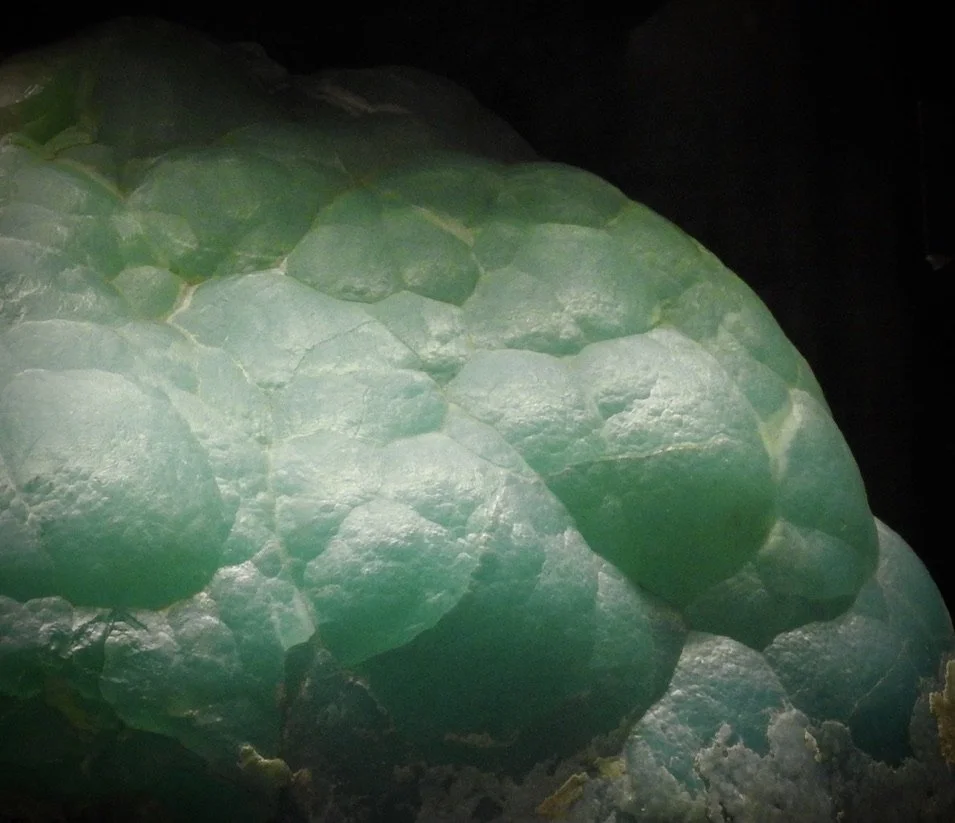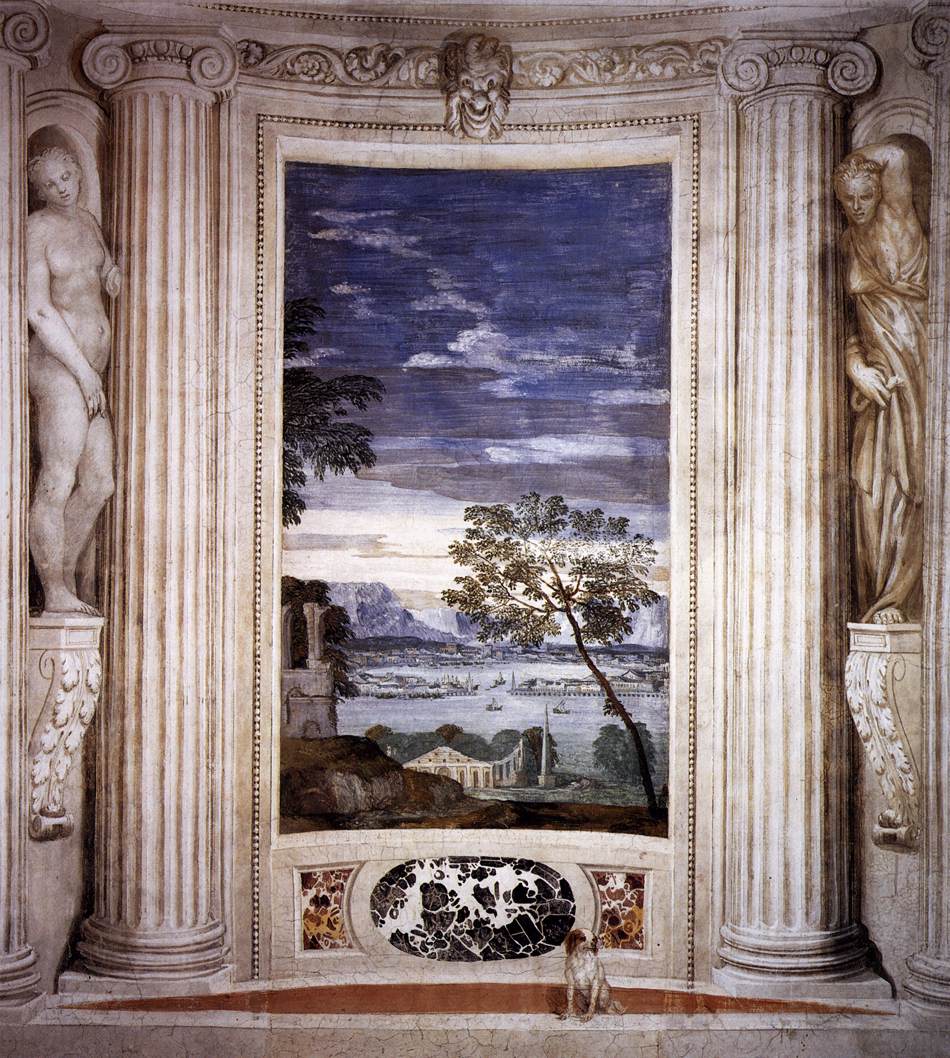Last summer’s trip to Italy checked off a number of bucket list items for me, including a visit to Clemente Susini’s 17th-century anatomical models, housed in Florence’s Museum of Natural History. Offering one of the finest and largest collections of hyper-realistic models in the world, the museum—better known as La Specola—is a veritable place of pilgrimage for those slightly morbid travelers seeking encounters with the uncanny.
The anatomical collection is spread throughout several galleries, each lined with rows of framed drawings and small wood-and-glass cases holding models of dissected body parts. Full-sized figures lie near the rooms’ centers or stand tall along the walls in their original display cases. The first room (pictured above) also contains a few “Theaters of Death”: gory dioramas with bodies in various states of anguish or decay. Meant to remind the viewer of life’s transience and the body’s fallibility, these memento mori by Sicilian Abbot Gaetano Giulio Zumbo (1656–1701) are among the oldest objects in the collection. My photos of these miniature tableaux are terrible, but you can find images of them here or published in the Taschen book on La Specola’s collection, Encyclopedia Anatomica.
Although the lounging female “Venuses”—with their attractive faces, pearl necklaces, and removable stomachs—are the most famous members of Susini’s creations, many of the museum’s full-sized figures are actually male. Despite their flayed bodies, the male figures strike similarly classical, even subtly sultry, poses.
La Specola also contains zoological and mineralogical collections, as well as an astrological tower. Once the private collection of the Medici family, it opened to the public in 1775 and is now the oldest public museum in Europe.





















